Isha Mangalmurti remembers the ringing laughter in her ancestral home and being surrounded by a kaleidoscope of coloured chalks even before she could learn the many ways to braid her hair. “When I was three, my grandmother would give me a box full of chalk and draw with me on the shahabadi floors of our home,” she recalls. “Bedtime stories along with sketching were a mandatory part of every day. As I grew older, the stories were replaced by 90s cartoons, but I also started maintaining a sketchbook.”
The 27-year-old from Pune is one of the rising stars of India’s small community of animators, after the recent release of the Hrithik Roshan-starrer Vikram Vedha. She was part of a team of eight that worked on the opening sequence of the film, which gave us a brief overview of the story of King Vikramaditya and the wise ghost Betaal.
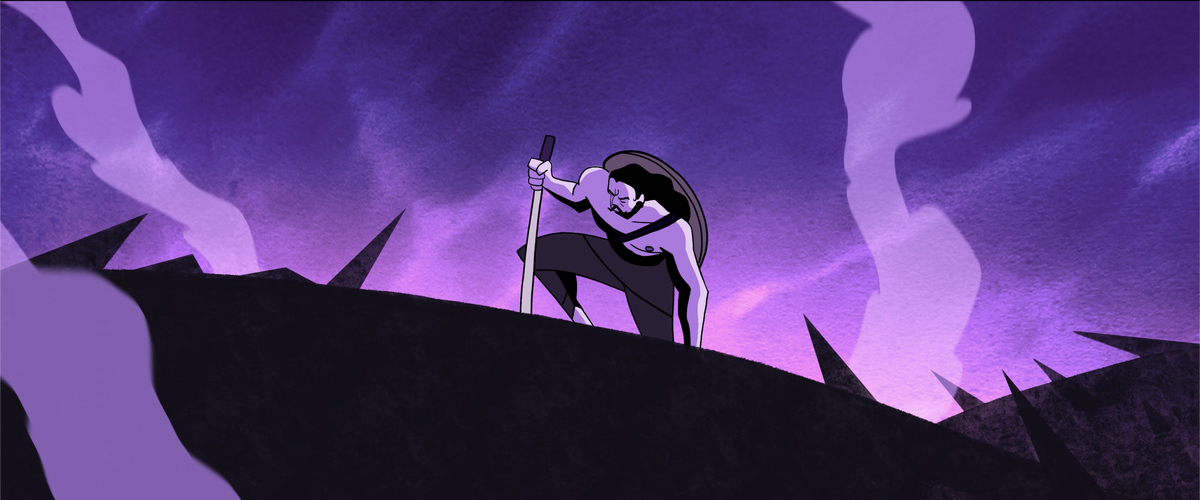
With an interplay of light and pirouetting shadows, sharp colour-blocking aided by a background score on steroids, the animated prologue — which ends with Betaal clinging to the flummoxed king’s back and whispering his popular line: “Shall I tell you a story?” — sets the tone for the film.
Stereotypes are meant to ignored
Animators across the world have been working against the odds and the same holds true for India: underpaid, their work relegated to the sidelines, and so-called experts assuming that animators cannot be considered in the same pantheon as our greatest storytellers.
While Will Smith’s slapgate controversy overshadowed nearly every frame of the Oscars ceremony last year, for animators it was offensive for a wholly ignored reason. Before presenting Encanto the award for Best Animated Feature, the presenters Lily James, Naomi Scott and Halle Bailey joked that animation was just for kids. Even host Amy Schumer added her two bits about animated movies and said: “The only one I’ve seen is Encanto because of my kid.”
“Animation is cinema,” says Debjyoti Saha, a 28-year-old animation filmmaker and the founder of Goppo Animation in Kolkata. “For years, the audience in general has viewed animation as content limited to a certain age level, mostly for comic relief. As the world is changing and the avenues increasing, the motive is to change this perception by addressing stories in various contexts and aspects.”
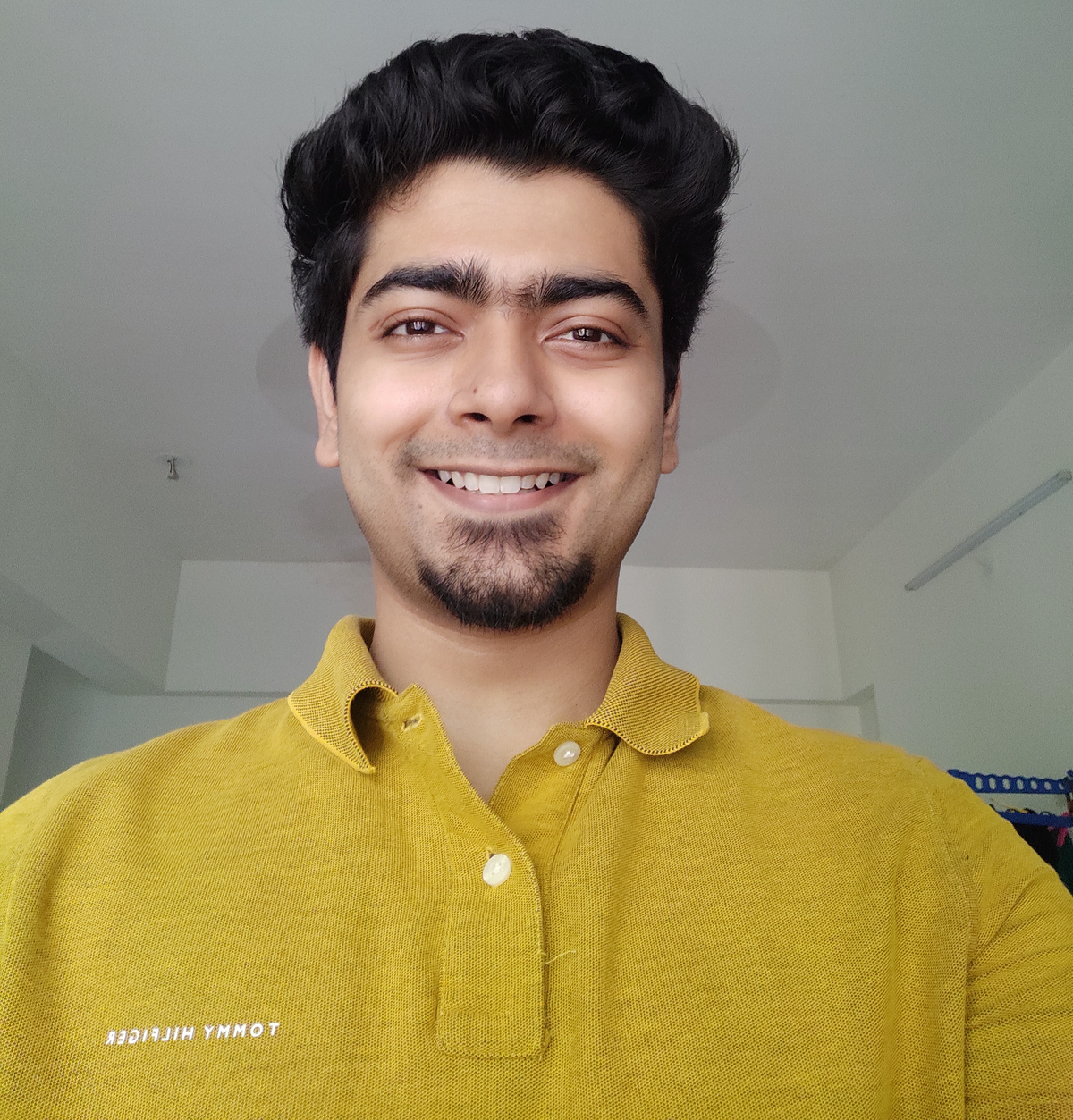
Animator Debjyoti Saha
Saha’s versatile portfolio shows the stunning range of what the art form can do: the grunge, monochromatic animation punctuated with splashes of yellow in the music video for Prabh Deep’s ‘Chitta’, which satirises drug abuse; the animated title sequence showing a spirited women’s race in the Netflix film Looop Lapeta; and the music video of DIVINE’s ‘Mera Bhai’. “Every story needs to be treated differently and that is the reason why we exist in the first place,” he says. “So, narratives drive my style. After all, there are some radical ideas that can only be executed in animation.”
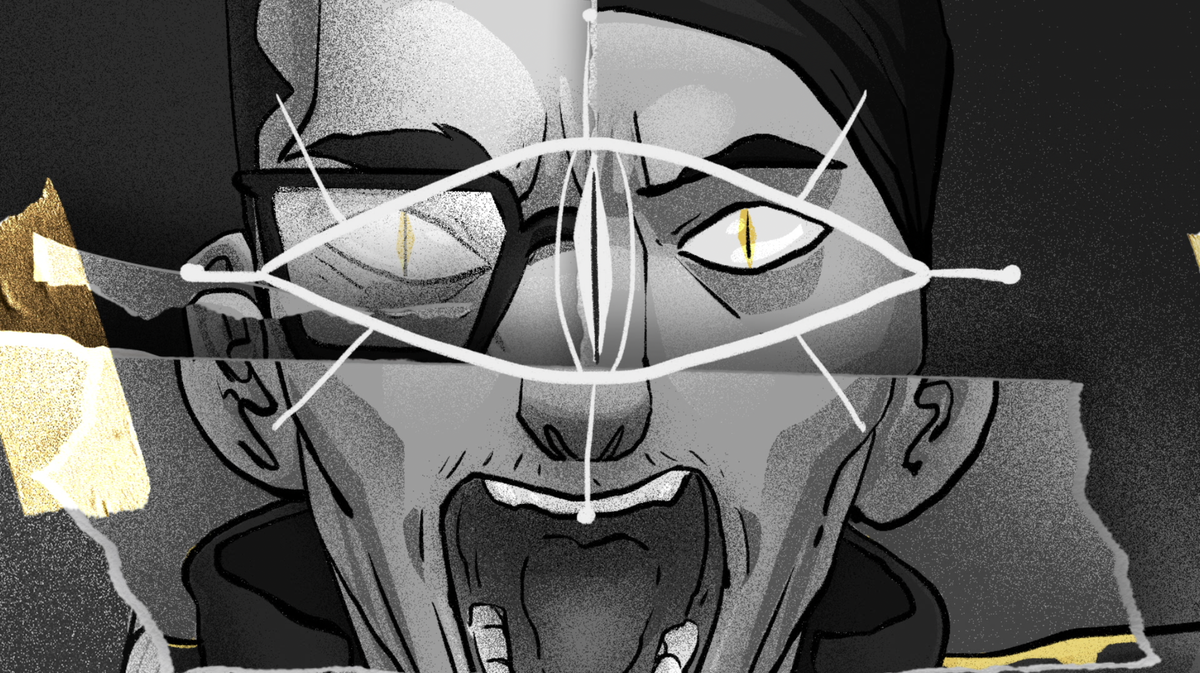
A clip from Debjyoti Saha’s music video for Prabh Deep’s ‘Chitta’
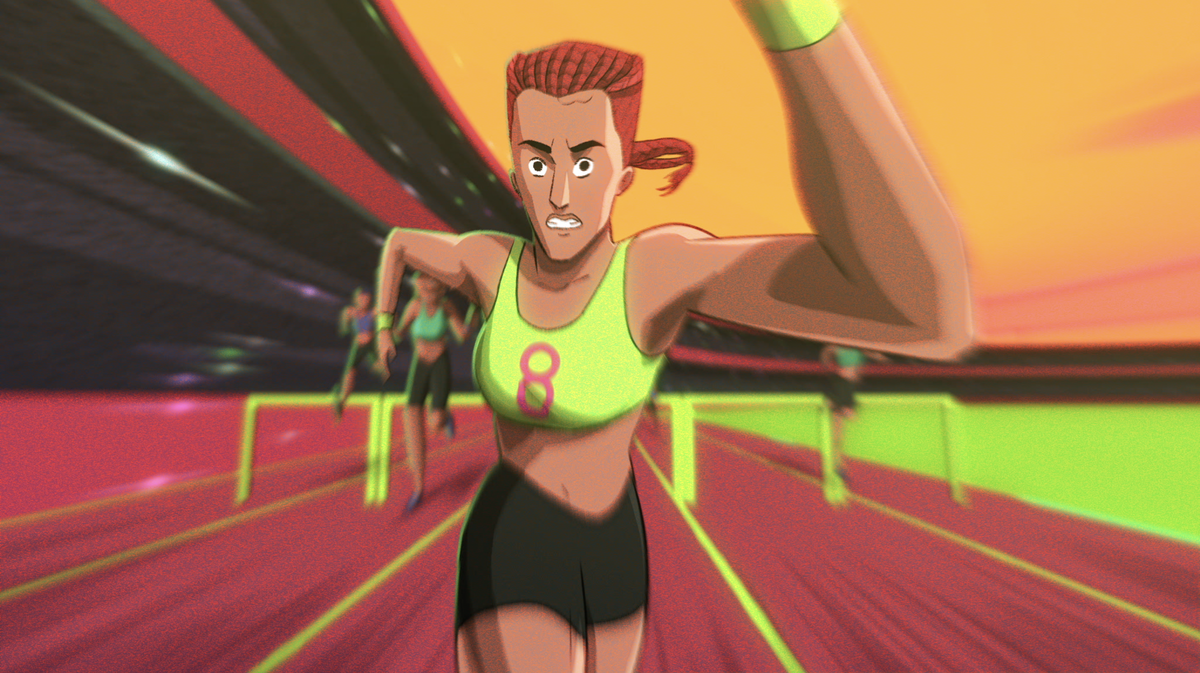
A clip from Debjyoti Saha’s animated title sequence for Netflix film Looop Lapeta
Learning from collaborations
Nikunj Patel, the 30-year-old founder of Studio Moebius based in Mumbai — who works with a wide network of graphic designers, illustrators and animators — believes that it is at the intersection of a meetings of minds that the full potential of animation can be harnessed. “For the longest time, animation in India was focused on mythological storytelling and many Indian animators of my age wanted to do something different. We didn’t know how and the only way to do it was following our meandering vision of what animation can do.”
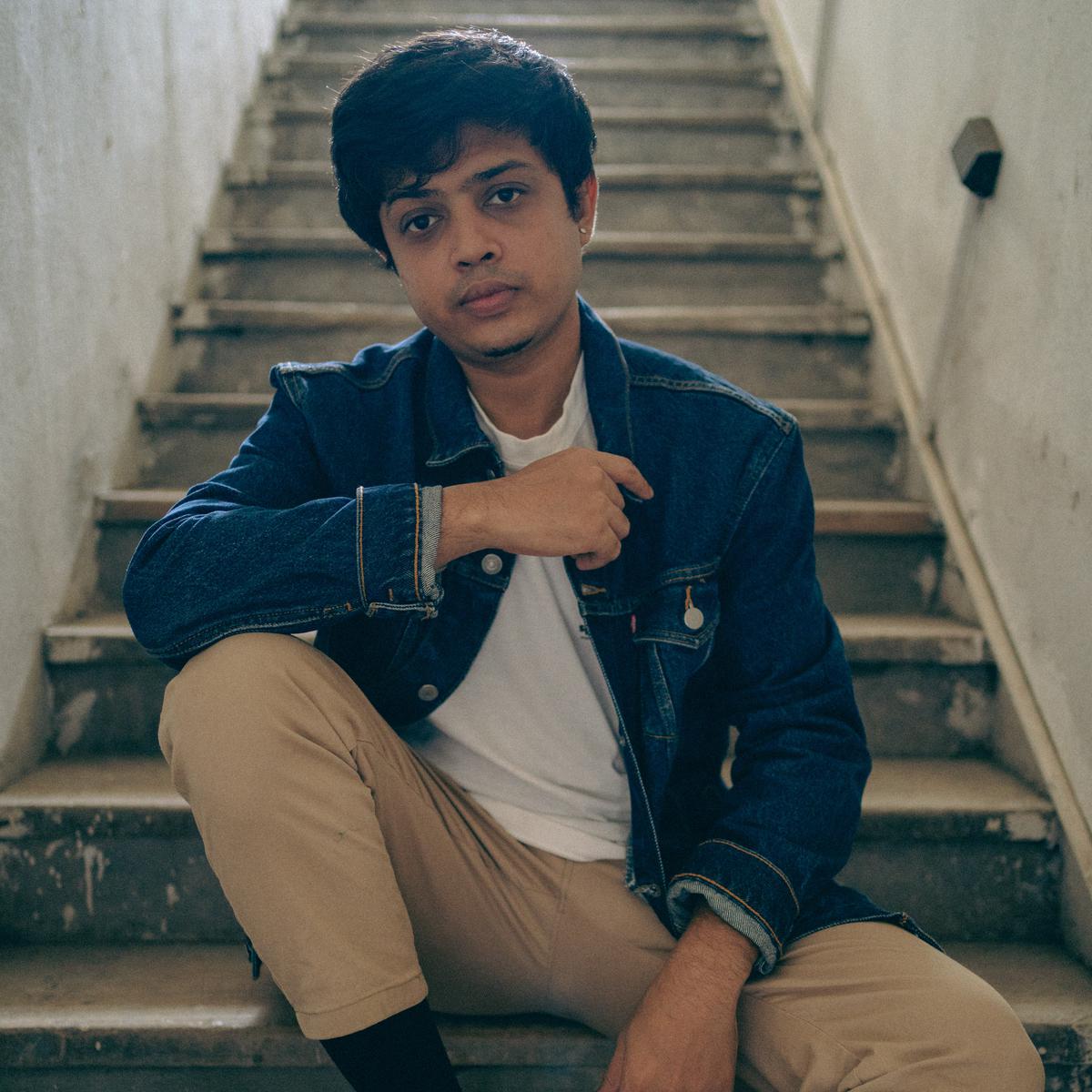
Animator Nikunj Patel
One of Patel’s breakthrough works was the 2021 video of Ariana Grande and The Weeknd’s ‘Save Your Tears’. He worked as a solo animator in a global animation team and they wrapped up the video in less than three weeks. “I keep sharing my work with studios and directors across the world with the hope that they will either commission me or [so I can] simply learn how international animators do it,” he says. “One such studio I sent a cold email to about my work was director Jack Brown, who I worked with for almost a year before he wanted me to be a part of the music video.”
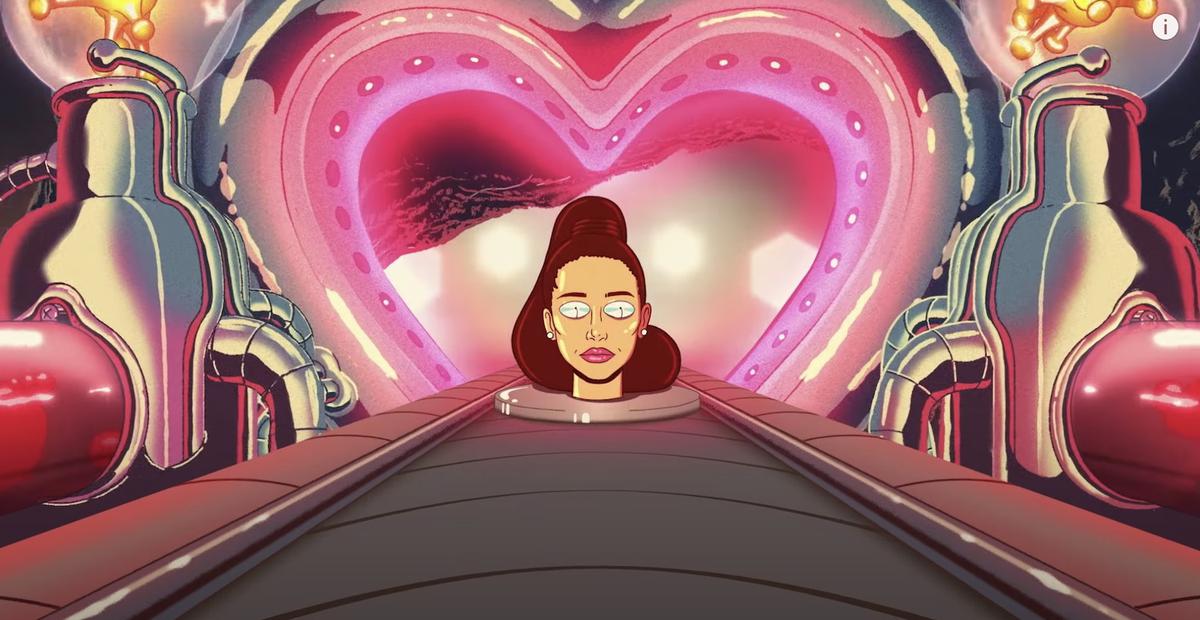
Nikunj Patel was a solo animator in a global animation team that worked on Ariana Grande and The Weeknd’s ‘Save Your Tears’ music video.
Another big project was for the multiple Grammy award-winning English heavy metal band Iron Maiden’s ‘Stratego’ last year. The video visualised the board game Stratego as a real life, high-stakes battle between warring armies launching torpedoes and fiery balls at each other.
Patel is incorporating “the wonder of this collaborative appeal” in his studio, too.” His recent project was at the intersection of food and art: working with chef Lakhan Jethani of Japanese restaurant Mizu Izakaya on a small animated film on the making of chawanmushi, an egg custard dish in Japanese cuisine. “We documented the chef creating that dish from every single angle, and I studied that footage for hours and built up an edit,” he says. “I also got the opportunity to use my own music in the film, bringing together the worlds of visual art, animation, food and music into one. It was truly a satisfying experience.”
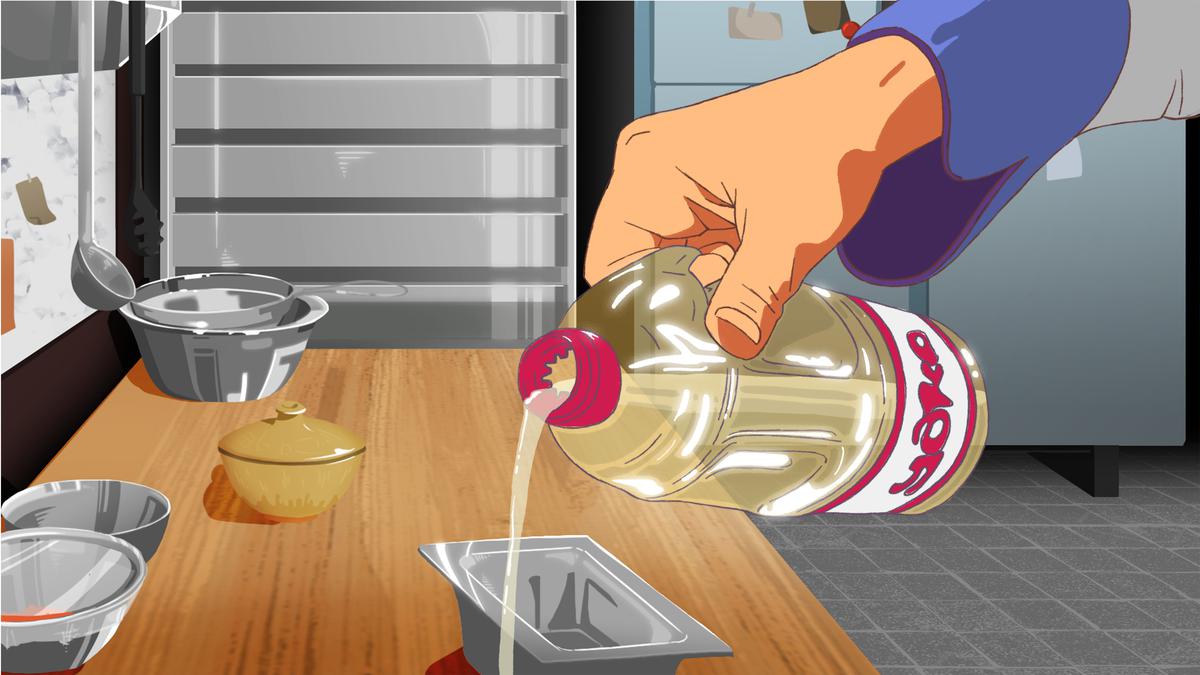
About turn from children’s animation
Indian animators are moving beyond the children’s projects that were once their staple. Today, animation in India is becoming increasingly personal. Young animators are unafraid to channel their tools to engage with what they view to be an ailing world. Saha’s personal Instagram page became viral during the farmer’s protests when he created artwork supporting the movement, and frowning on the attacks on Mahatma Gandhi.
In a similar vein, animator Deepti Sharma, 26, based in Goa, works as a visual storyteller at Quicksand, a design and research organisation, where her role is to work on impact-focused storytelling, with or without animation. One of her recent projects is highlighting the biodiversity disaster that will be unleashed on the people of Mollem in Goa, a protected area, if three unplanned infrastructure projects that were approved without a thorough Environmental Impact Assessment (EIA) during the pandemic go ahead.
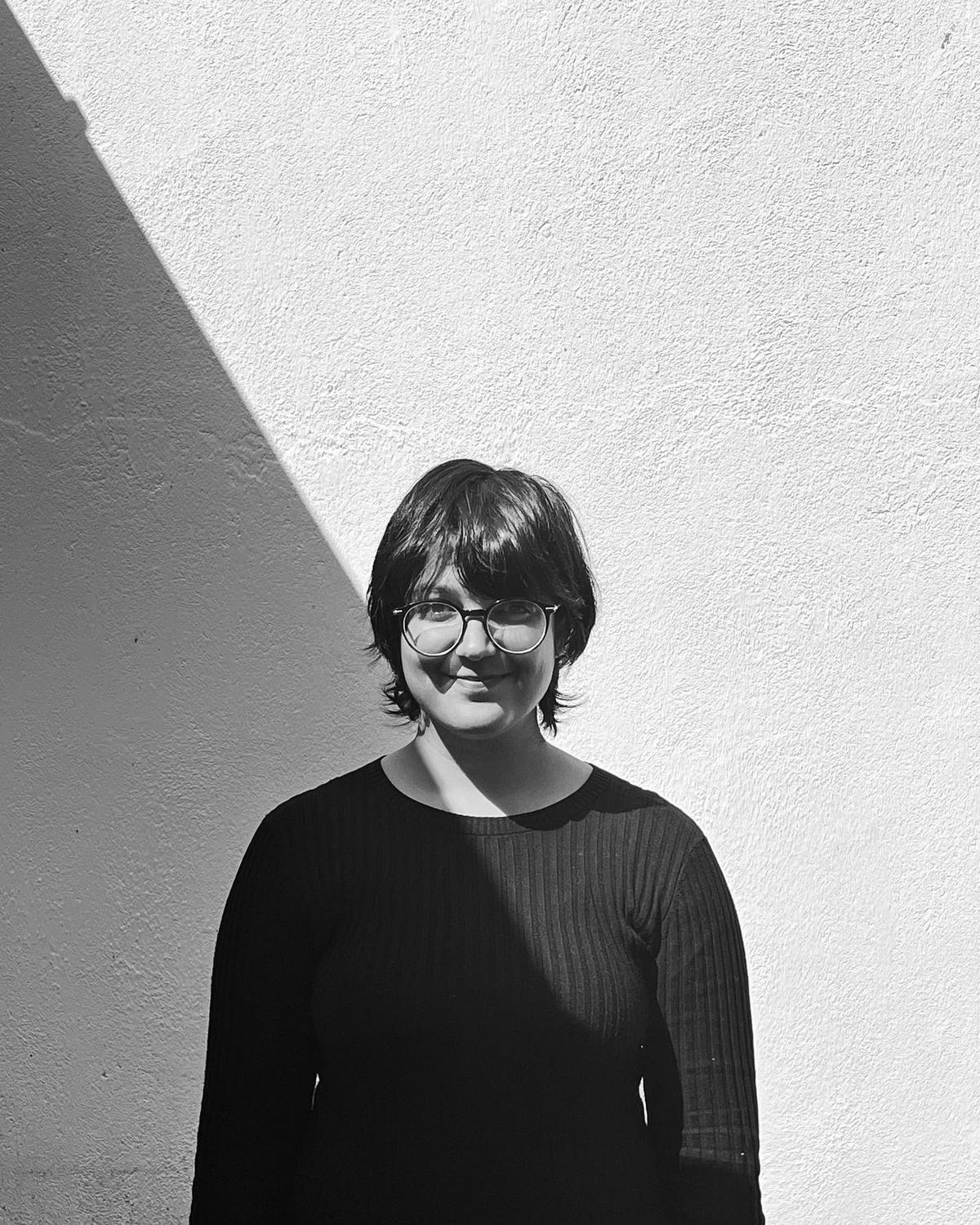
“I got to know about it through social media and now we are a group of lawyers, designers, teachers and more,” she says. “And it’s working out because the Supreme Court has already ruled in our favour to block the transmission line and the permission for the railway line has also been scrapped, but it’s a constant fight.” Simultaneously, she also makes sense of her queerness through the fluid world of animation, having already worked on a music video for a popular dating app that portrayed the deeper nuances of love between queer women.
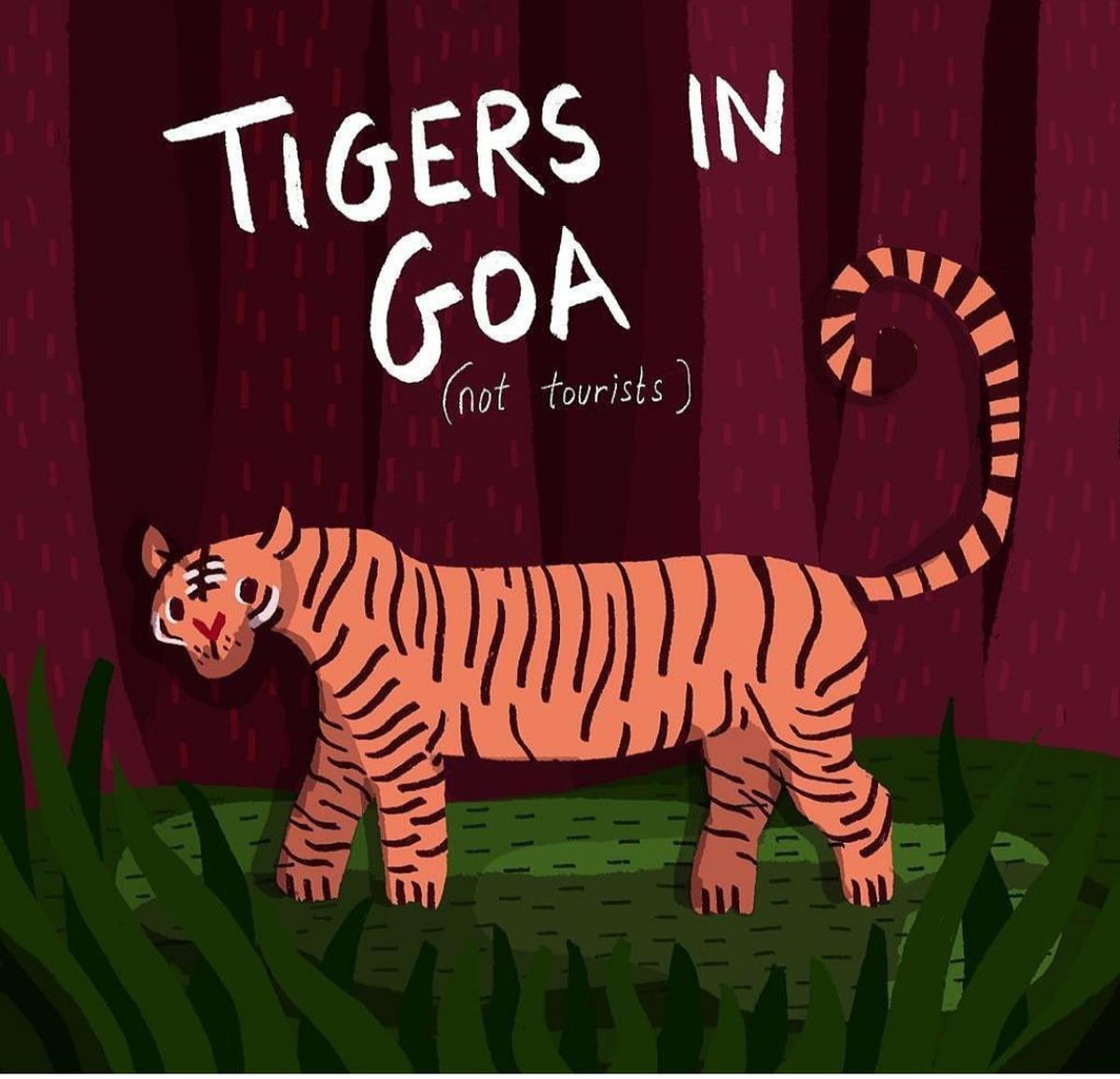
Psychedelic art to NFTs
The styles being used are varied, from 3D and psychedelic animation, to flat style characters, kinetic typography, and old-school animation. Very much in tune with what’s trending globally. Abhishek Verma, 34 — who won the 2018 National Award For Best Animation for Maacher Jhol (a heartwarming story of a boy who cooks the traditional Bengali curry with the hopes that coming out to his parents at the dinner table would be easy) — shares that he uses experimental 2D in his films.
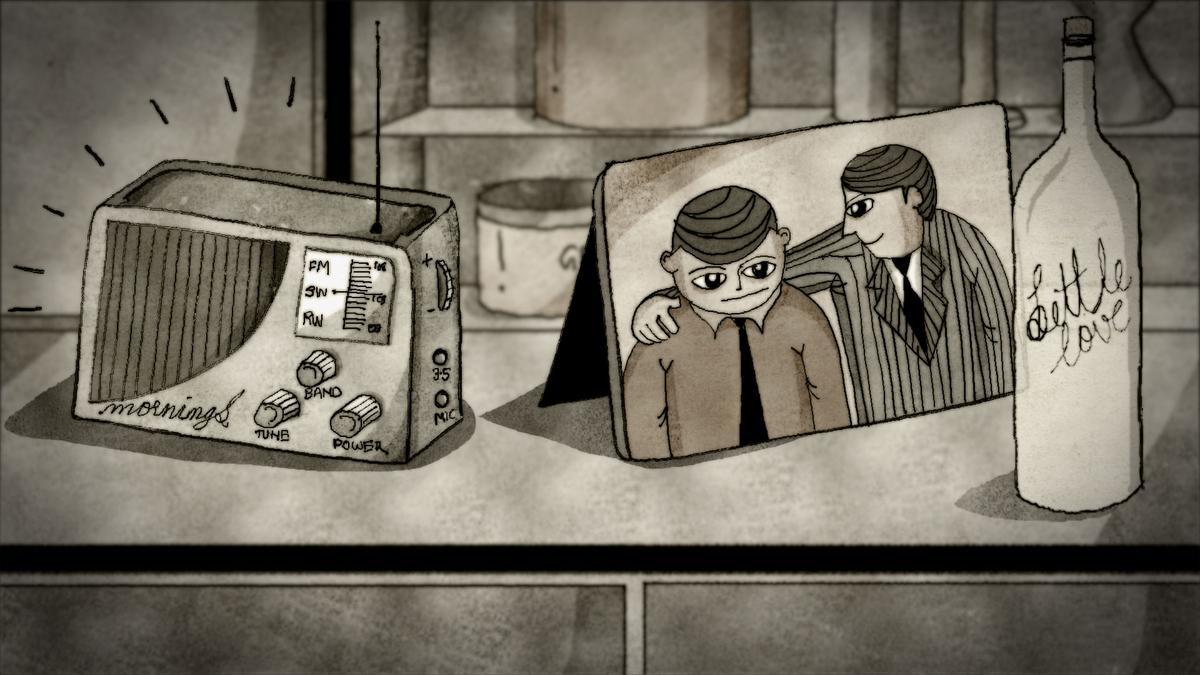
His latest, an independent work titled Project Manhole, blends virtual reality and 2D sketches with 3D treatment to submerge viewers in the horrors of manual scavenging. “The form must itself become a vehicle of storytelling,” he says. “This creative treatment of the medium for a sensitive story becomes crucial in itself.”
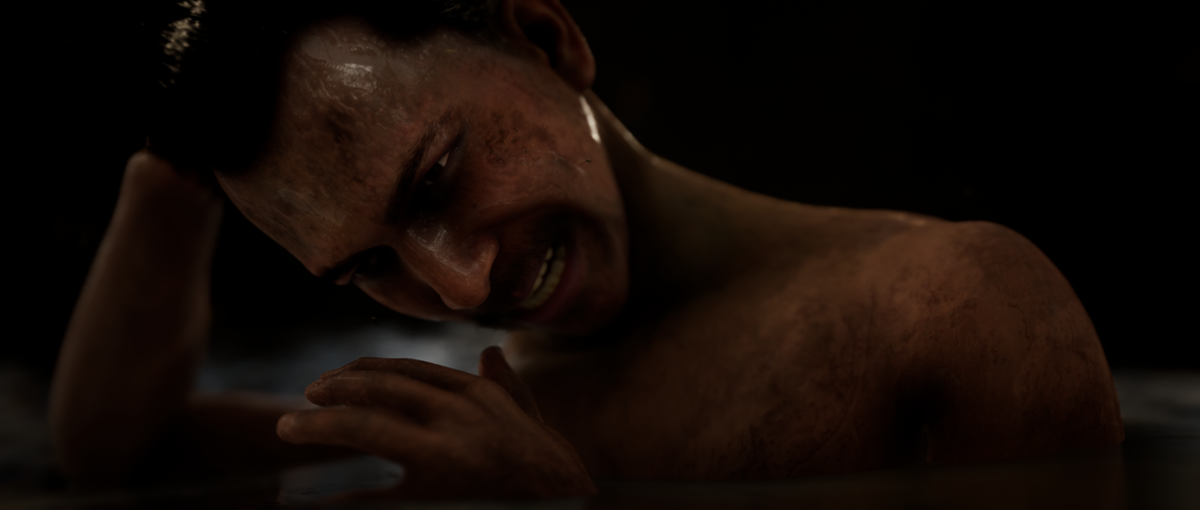
Does the world of cryptocurrency and NFTs offer opportunities? Sharma is sceptical because of the inherent volatility of the crypto world. However, 26-year-old Asha Susan Alex, an animator based in Kollam in Kerala, has already worked with NFT projects in a professional capacity. “The kind of projects that we get now would be unimaginable in the past,” she says. “Animation is time-consuming and even studios like Disney would take days to work on a single layer. Now, with software like Blender and AfterEffects, you can achieve that grand feel on your own, without having to work with a team of 20.”
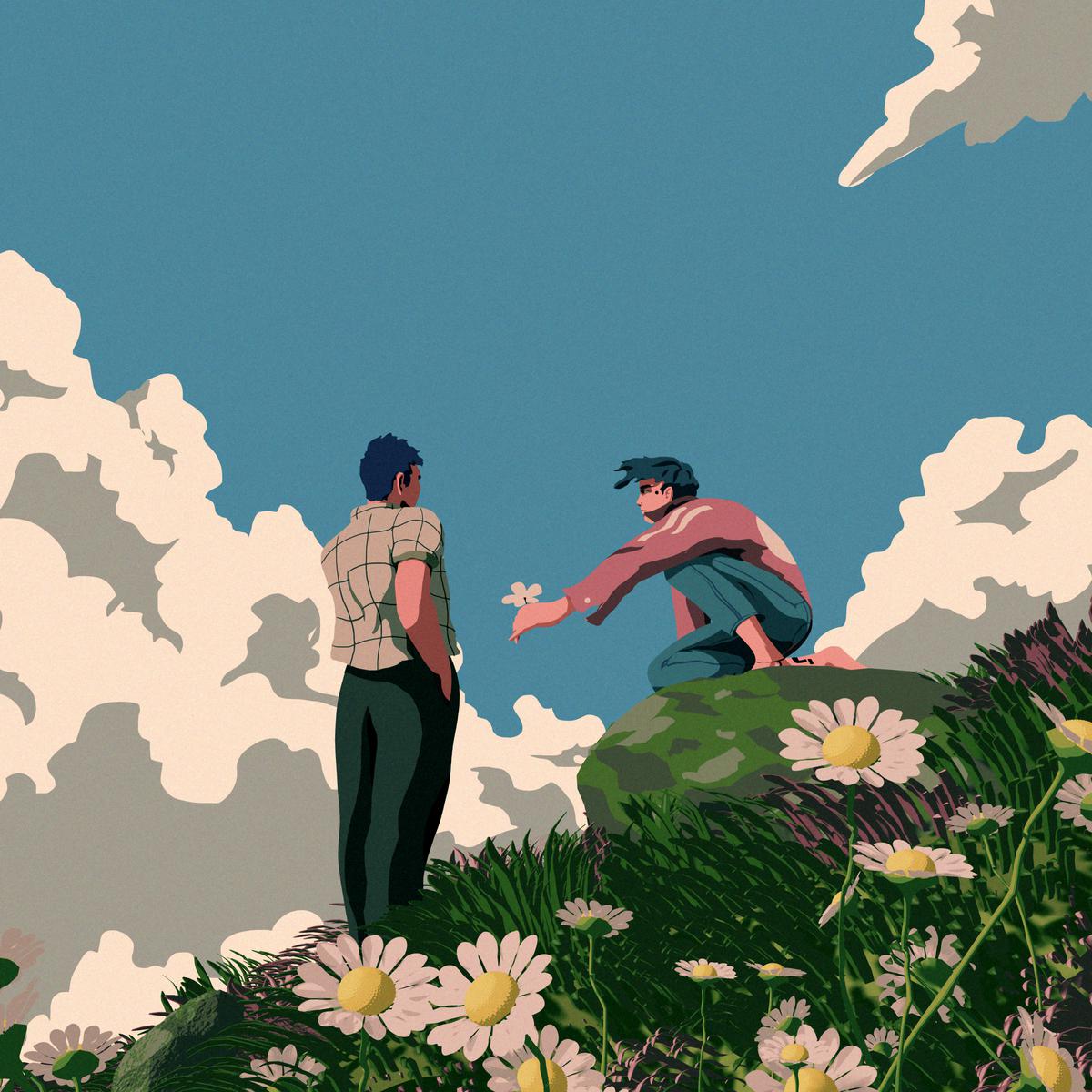
A similar sentiment is echoed by Puks, a 27-year-old animator based in Bengaluru, who blends 3D animation with hand drawn 2D illustrations, deriving inspiration from Studio Ghibli films. “As an animator, we don’t have to be constrained to any medium,” she says. “So, when I worked with Griz and Wiz Khalifa on the lyric video for ‘Find My Own Way’ [2019], there was absolute freedom from their end.” Recently, she sold some of her artworks on crypto-based platforms such as OpenSea. And her work, Golden Hour, which portrayed the purity of unsaid love and silences, was featured at Art Basel 2021, the international art fair held annually in Switzerland, and is available exclusively on OpenSea.
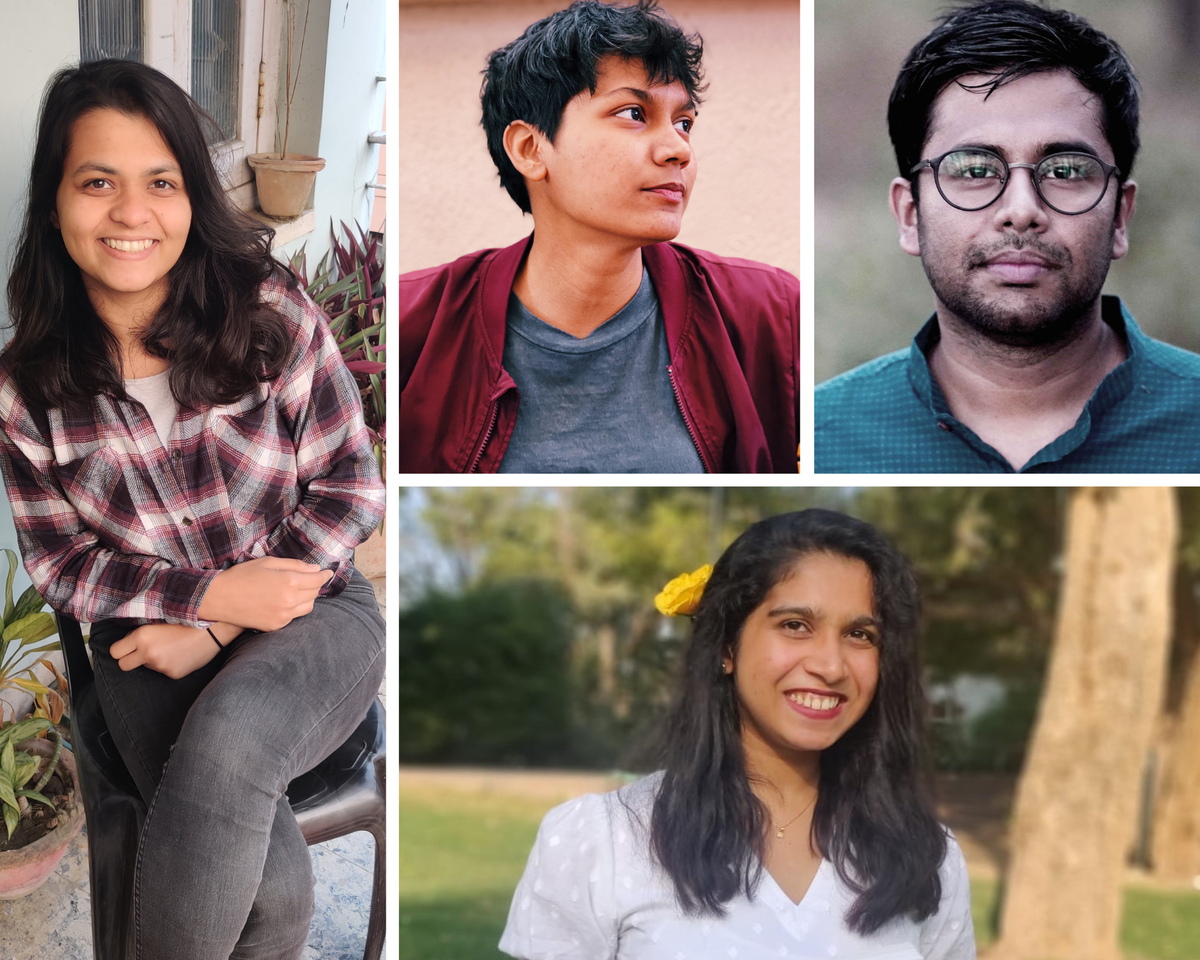
Clockwise from left: Isha Mangalmurti, Puks, Abhishek Verma, and Asha Susan Alex
The freelance protocol
Most up-and-coming animators in India are freelancers or have started their own studios. “It usually doesn’t make sense to work full-time for someone else’s studio because the money would be abysmally low, and [there would be] low creativity,” says Verma. A freelance animator makes an average of ₹60,000 to ₹80,000 a month, but it often comes with unrealistic deadlines — a tricky route they are still navigating. And while there’s plenty of work in the entertainment segment with the rise in use of animation in films and music videos, animators share that their biggest employers are the corporate and fintech sectors, for whom they design motion graphics, short advertisements and the like.
The animation industry is in no way nascent in the country. In many ways, Indian animators have been at the vanguard of innovative storytelling, replete with a quirky visual language. But now, from Saha to Patel, aided by the rise of small-scale studios, they are unafraid to own their voices.
The writer is an author and editor based in Mumbai.





